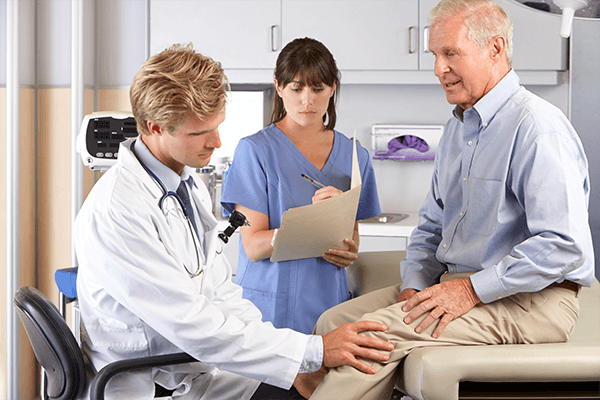
We are excited to announce the installation of a new digital cone beam CT machine at Cascadia Dentistry! Cone beam CT (CBCT) technology is a great tool for diagnosing a variety of conditions as it gives us a three-dimensional view of the hard tissue of your skull allowing us to map critical areas such as your trigeminal nerve and maxillary sinus without exploratory surgery. A CBCT scan is instrumental in treatment planning for any implant placement and restoration and has quickly become the standard of care. Once a scan is obtained it even allows us to fabricate surgical guides for surgeries like sinus lifts and implant placement(s) which ultimately makes your surgery easier.
Previously we utilized a third-party service to acquire CBCT scans which required scheduling and payment through a mobile service which was just another hurdle to get through when planning for your surgery. The ability to take CBCT scans on site will remove that hurdle altogether and provides us easy access to obtaining any scans as we need them.
We are very pleased and excited to announce this new development at our office. We always strive to balance the need for advancing our technology with the timing that will best serve our patients. If you would like to discuss how this change may serve your dental needs, please do not hesitate to contact us at 360-629-7229.

 As the current opioid epidemic continues to grow and impact communities across our nation, one of the challenges I face as a dental provider is assisting my patients in very real pain while also considering the body of evidence linking opioid overprescription with addiction. To address this correlation, I’d like to briefly discuss the practices I have always followed in prescribing pain relievers. First, there are many compelling studies that show that taking Ibuprofen and Acetaminophen together at certain dosages are more effective than traditional opioid medications (see
As the current opioid epidemic continues to grow and impact communities across our nation, one of the challenges I face as a dental provider is assisting my patients in very real pain while also considering the body of evidence linking opioid overprescription with addiction. To address this correlation, I’d like to briefly discuss the practices I have always followed in prescribing pain relievers. First, there are many compelling studies that show that taking Ibuprofen and Acetaminophen together at certain dosages are more effective than traditional opioid medications (see  In December 2012, the American Academy of Orthopedic Surgeons (AAOS) and the American Dental Association (ADA) collaboratively announced revised guidelines on the use of antibiotics as a means to prevent the infection of prosthetic joints. The most recent guidelines no longer recommend the routine use of antibiotics in most cases of patients with artificial joints. This revision to existing best practices has been slow to reach the general public. In summary, based on considerable research (
In December 2012, the American Academy of Orthopedic Surgeons (AAOS) and the American Dental Association (ADA) collaboratively announced revised guidelines on the use of antibiotics as a means to prevent the infection of prosthetic joints. The most recent guidelines no longer recommend the routine use of antibiotics in most cases of patients with artificial joints. This revision to existing best practices has been slow to reach the general public. In summary, based on considerable research (